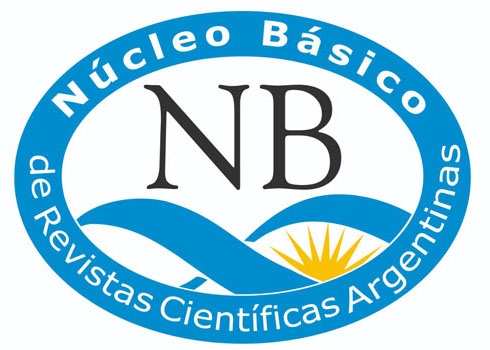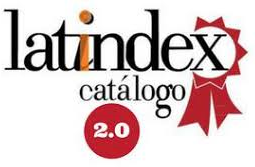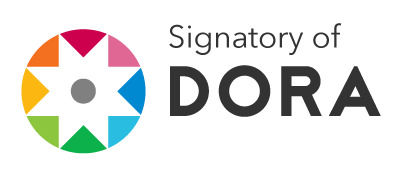Malnutrition and socio-environmental heterogeneity. An analysis of urban school children aged 9 to 16 years living in La Plata, Argentina
Abstract
This article aims to assess if malnutrition can be linked to specific socio-environmental characteristics. Weight and height were gathered and BMI calculated for 1334 students of both sexes aged 9 to 16, attending schools in the city of La Plata. Semi-structured interviews provided socio-environmental information, where two different groups were discriminated through Principal Component Analysis (favorable/least favorable). Nutritional status was identified by anthropometry and associated indexes, using international reference. Prevalence of malnutrition and excess weight according to age, sex and origin were determined and compared by Chi2. 25% of the sample showed an altered nutritional status. Stunting was higher in the less favorable group (3.6% vs. 10.9%: Chi2 11.66; p < 0.01); Wasting was higher in the more favorable group (5.3% vs 1.7%: Chi2 27.63; p < 0.01), especially among women; excess weight was similar in both groups (~ 15%; p> 0.05), exhibiting significant sexual differences only in the favorable group. The nutritional status accounts for the higher adaptive cost in an unfavorable environment.Downloads

Runa, archivos para las ciencias is a publication of the Instituto de Ciencias Antropológicas, Facultad de Filosofía y Letras, Universidad de Buenos Aires and is distributed under a Creative Commons Attribution 4.0 International License.
Runa maintains its commitment to the policies of Open Access to scientific information, considering that both scientific publications and publicly funded research should circulate on the Internet freely, free of charge and without restrictions.
The contents and opinions expressed in published articles are the sole responsibility of their authors.



















